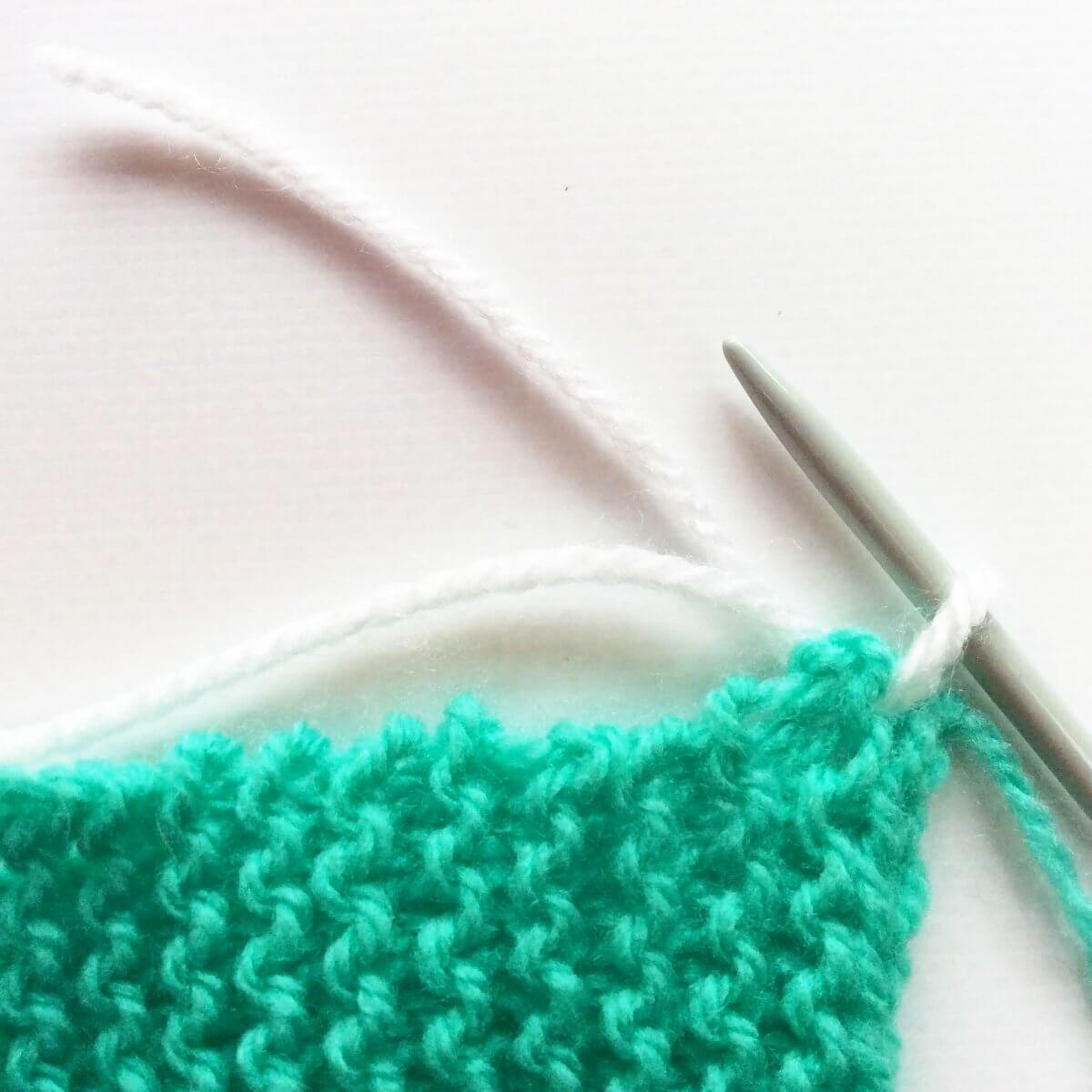
In the comments section below, let me know: What’s one thing that has held you back from trying your hand at knitwear design?
#KNIT STITCH DESIGNER HOW TO#
Read How to Design and Release Your Own Knitting Patterns: Part 2 now! A little homework for you… Next in this series…Ĭoming up next in this series, we shall be exploring the technical side of the design process, including planning the pattern, knitting the sample, working with test knitters and getting your pattern tech edited. I used to hate it at university when they’d get us to draw out page after page of design ideas, but I can see, now, how helpful that is!ĭon’t feel like you have to draw the entire garment at first focus on nailing the silhouette, then start adding design details, stitches, colour etc. Using your mood board, grab a pen and paper and start drawing out rough design ideas - as many as possible. For lots of new designers, trims are a bit of an afterthought, but I am of the opinion that they are one of the most important bits! A cleverly designed trim will make even the simplest garment look amazing. I like to include ‘trim’ ideas in my swatches, such as ribbings/edges.

Anything that you really like can be knitted up much larger afterwards. By making them smaller, you can experiment with a bunch of different stitches/patterns in a shorter space of time. Make small-ish swatches of anything you want to test out. However, I choose my yarn based on my mood board and pattern category. In fact, some people start with yarn and design from there. Anything goes, as long as it gets your creative juices flowing! Yarnįor some designers, this stage comes earlier in their design process. Try to include other image styles that inspire you, such as art, lifestyle, interiors, fashion editorials, patterns and ceramics. Keep in mind - your moodboard really doesn’t have to feature any knitwear, although a few knitwear images can be very inspiring. All you have to do is gather together 10-20 images that evoke the mood of what you want to design. I find Pinterest very helpful for this, but it can be done on paper too. Once you have decided on the pattern category, it’s time to put together a mood board. a heavy sweater will be better suited to an October release date than a lightweight tank. Often, it’s a good idea to consider when you want to release the pattern and choose the garment/accessory based on that, e.g. Start your design process by deciding what type of garment or accessory you would like to release. Every designer's creative process is different, but here is how I approach it. It is at this point that you will decide what it is that you want to design and how it will look. How to Design a Knitting Patternĭesign is where it all begins.

In today’s blog post, I shall walk you through the design process, including choosing a pattern category, making a mood board, choosing the right yarn, making swatches and sketching your ideas.
#KNIT STITCH DESIGNER SERIES#
That’s why I am starting a blog series on how to design and release a knitting pattern. Responsible pattern development can take a long time and involves several stages before a pattern is finally ready for release. It’s not just a matter of coming up with a design, writing down the pattern and sending it out into the world. How many of you have ever wished that you could design your own knitting patterns? The thought of being able to make whatever you can dream up is a very exciting prospect for many knitters!īut the whole process can feel incredibly intimidating.


 0 kommentar(er)
0 kommentar(er)
